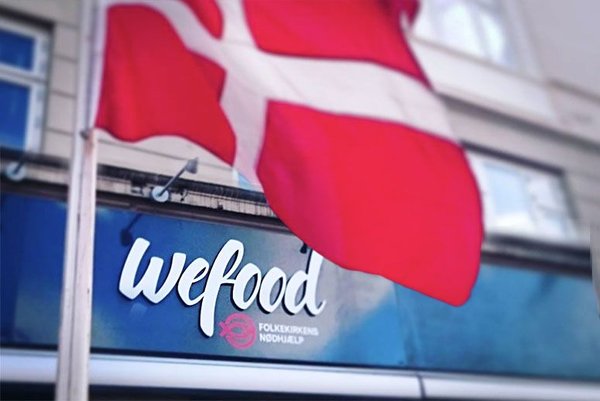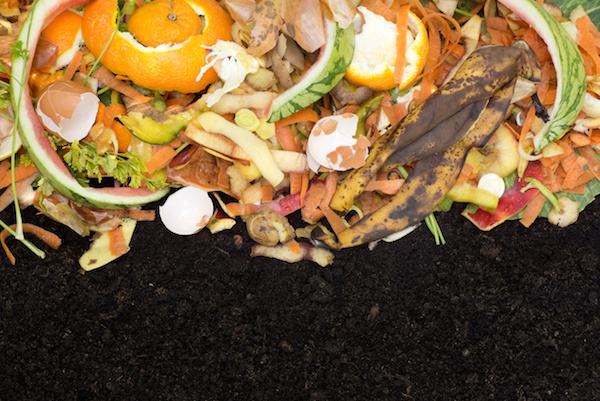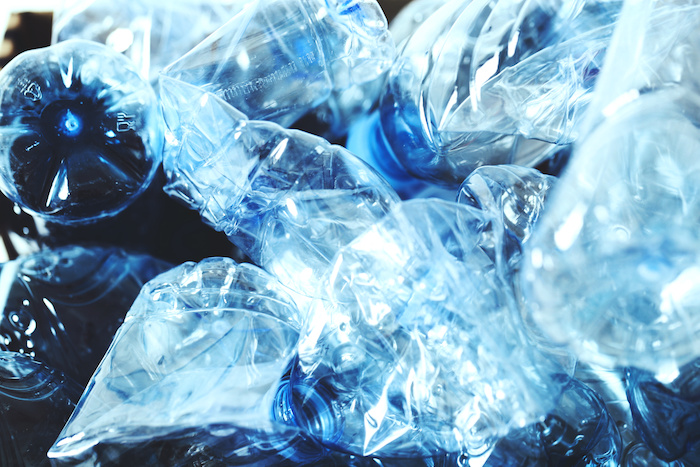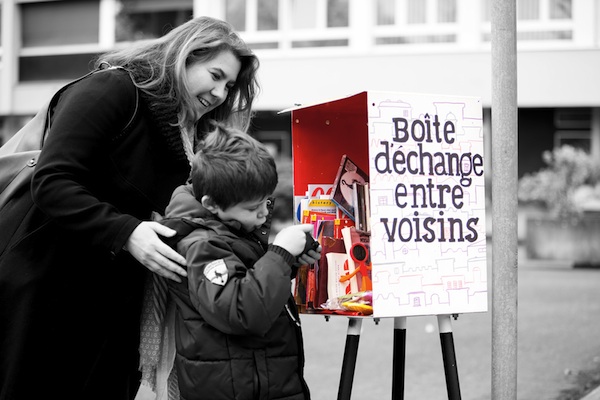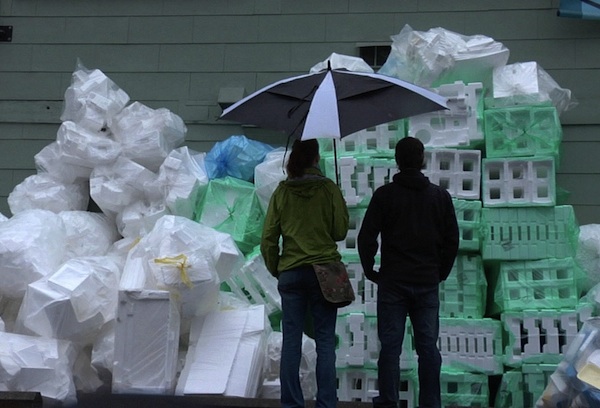Residents of Copenhagen, Denmark, can cut their grocery bills by as much as half thanks to a new supermarket that opened in the city this week. WeFood, started by the nonprofit DanChurch Aid, gets all its products—from dairy to meat to dry goods—from supermarket chains that would otherwise throw the food away.
Continue reading... →These women of the fashion world share their predictions of where the Eco-Fashion industry is headed in 2016. AMY HALL (DIRECTOR OF SOCIAL CONSCIOUSNESS, EILEEN FISHER) As an industry “insider,” I see three game-changing fashion trends taking deeper root in 2016. Fiber recycling: This is the year when we will find out which recycled-fiber developer will be the first to offer viable fabric suitable for mass-market apparel. So many are reaching for the golden ring. And it couldn’t come soon enough, what with deforestation and water scarcity threatening the future of virgin fibers as we know them. Living wage: After more than a century of stagnant wages for our garment-industry workers, there are murmurings of change on the horizon, such as the London living wage movement, the U.S. minimum wage campaigns, non-governmental organization activism, and brand acknowledgement of the severe impact that purchasing practices have on supply-chain compliance. Garment workers shouldn’t pop the champagne yet, but higher wages are in the air. Fast fashion: Nothing we do will really matter until we can loosen the consumers’ grip on “fast fashion” and get her to think of apparel as an investment. We repair our cars, our iPhones, and our furniture. Why […]
Continue reading... →–and the average American does that 17 times a year. Food waste is a staggering problem. In 2010, close to 133 billion pounds, or a little over $160 billion worth of food, wound up in U.S. landfills. Kai Olson-Sawyer, a senior research and policy analyst at GRACE Communications Foundation, an organization that highlights the relationship between food, water and energy resources explains, “The fact is that food waste is truly a waste to all humanity of every kind.” That’s because when you toss a rotten apple or a moldy container of leftovers, you’re not just throwing away the food, but all the resources that went into producing it. “It’s really important to understand where and how things are grown,” says Ruth Mathews, executive director of the Water Footprint Network, an organization founded in 2008 to advance sustainable water use. Water plays a major role in food production, and as a result, food waste translates to an enormous amount of water wastage. All foods have a water footprint, the direct and indirect water that goes into producing a certain food—although some footprints are larger than others. In general, meats tend to need the most water for production, primarily because of the amount of food […]
Continue reading... →East Coast business uses clean technology to take food waste out of landfills and put it into your garden. Imagine a big composting machine that processes food waste by the ton. It’s not only bigger than the compost heap you have stirring in your backyard; it’s faster, too. That’s the idea behind Converted Organics’ high-temperature liquid composting technology. The Boston-based company takes food waste from grocery stores, restaurants, and processing facilities around Boston, New York and New Jersey and turns it into an eco-friendly fertilizer that gardeners can use in their backyards. Unlike your backyard compost pile, where dairy and meat products are a big no-no, Converted Organics accepts all types of food waste, including fruits, vegetables, and meats. “Meats have high nitrogen compounds from additional protein,” says Rob Bayless, the company’s vice president of manufacturing, explaining why taboo compost additives are a key ingredient to the Converted Organics mix. Contrary to backyard composting methods, they then liquefy the food waste. This not only breaks down the material to keep it from producing that nasty odor associated with decomposing garbage, it allows oxygen to more easily enter the mix, explains Bayless. Air is inserted into the liquefied food waste, making […]
Continue reading... →In a bold move toward pollution control, San Francisco has just become the first city in America to ban the sale of plastic water bottles, a move that is building on a global movement to reduce the huge amount of waste from the billion-dollar plastic bottle industry. Over the next four years, the ban will phase out the sales of plastic water bottles that hold 21 ounces or less in public places. Waivers are permissible if an adequate alternative water source is not available. One of the larges supporters of the proposal was the Think Outside the Bottle campaign, a national effort that encourages restrictions of the “eco-unfriendly product.” San Francisco’s ban is less strict than the full prohibitions passed in 14 national parks, a number of universities and Concord, Mass. Violators of the ban would face fines of up to $1,000. Joshua Arce, chairman of the Commission on the Environment, said the ban is “another step forward on our zero-waste goal.” The City wants to have no waste going to its landfill by 2020. Its diversion rate now stands at 80 percent. Past efforts toward the goal included banning plastic bags and plastic-foam containers. “We had big public events for decades without plastic bottles and we’ll […]
Continue reading... →Polystyrene foam, aka the devil’s clamshell, aka the indestructible insulator, aka green public enemy No. 1, may have finally met its match: mealworms. (Polystyrene and “Styrofoam” are regularly — and incorrectly — used interchangeably. Styrofoam is a kind of polystyrene, but not the kind you’re thinking of.) That’s right. It turns out, those squirmy little grubs are more than just a hot menu item for entomophagy enthusiasts. They, too, have quite an appetite, and according to the Environmental News Network (ENN), that appetite happens to include Styrofoam and other forms of polystyrene: While this diet doesn’t sound remotely healthy for the worms, researchers have yet to identify any adverse effects. In comparison studies, mealworms that ate exclusively Styrofoam were equally as healthy as those that ate a more standard diet of bran. Researchers are currently in the process of verifying that families of worms that consume only plastic are still healthy generations from now. Additionally, they want to confirm that predators that eat mealworms remain healthy after consuming worms that eat Styrofoam. Styrofoam and other polystyrene foam are poisonous to a lot of animals, so mealworms’ ability to digest them came as quite a surprise to scientists. “There’s a possibility of really important research coming out of bizarre places,” Stanford researcher Craig Criddle said in a […]
Continue reading... →To make fashion more sustainable, the industry’s underlying structure and supply lines need a major makeover. Yet, despite these obstacles, a few designers–alongside fashion muses like zero waste hero Lauren Singer–are taking zero waste fashion from fiction into the real world.
Continue reading... →Here at Women Of Green, as we scour the landscape for ways to support ourselves, our home communities and the world community to embrace sustainable and regenerative practices (and products!) we keep coming across one after another after another incredible projects.
Continue reading... →New statistics on recycling were noted in the Los Angeles Times this week: In 2010, 38% of Americans said consumers should take responsibility for recycling product packaging, down from 42% in 2009.
Continue reading... →